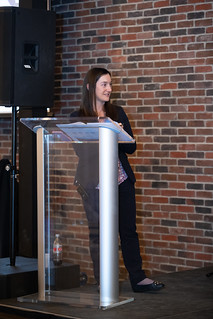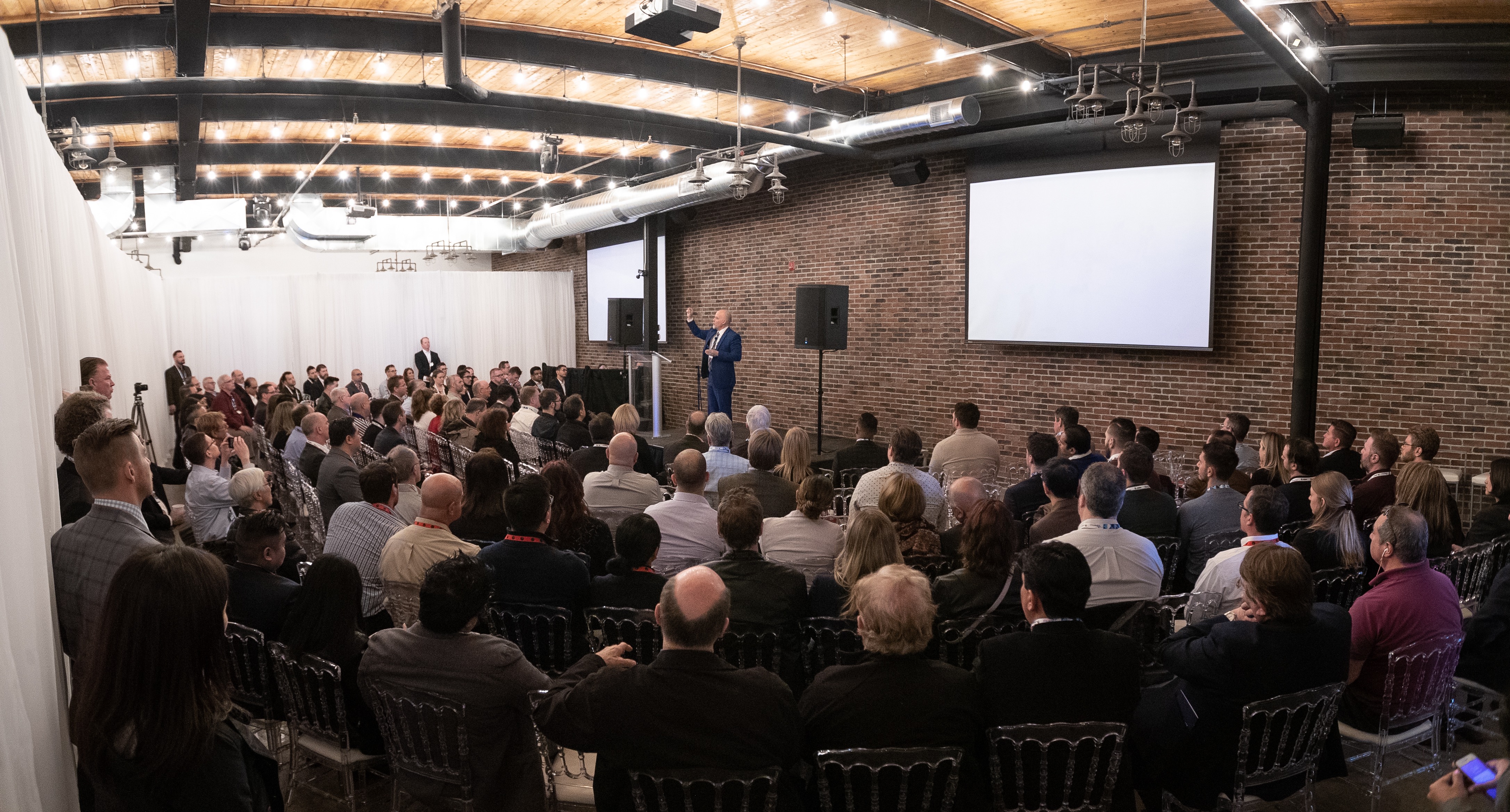Estimated reading time: 5 minutes
What does the typical partner look like? This is likely a good question to think about. We heard from varying panel members at Toronto’s ISV Connect Summit this past month, and that question was answered within their own industry use-cases.

Software Executive’s Chief Editor, Abbey Sorenson worked with members educate ISVs about the importance of formulating strong and successful partner programs. Many ISVs find themselves failing to close software sales through indirect channels, so the industry’s top professionals have come together through BlueStar’s summit sessions to come to the rescue. Take a few minutes to read through some of the dialogue from ISV Connect Summit’s session featuring:
- Cameron Vernest, VP of Global Sales & Partnerships at Trade Gecko
- Amedeo Tarzi, President & CEO at Corum Digital
- Shannon Moyes, Business Development Director at Volanté Systems
- Aner Shachar, Director of Channel Partnerships at 7Shifts
“What does the typical partner look like?”
Cameron : For us, we’ve broken it down into two partner programs. We have our channel partner program, which is really focused on the referral side of things. Then we have our product partnerships, which are more focused on “How do we support the retention side of things and also get leads as well?”
Abby: What do you need to build to build a partner program? Steve, I want to start with you because you’re a new hire. How did you get to the point where you even realized you wanted that to be a separate position?
Steve: I think there are a couple things behind that decision. One is: the opportunity to grow our top line in a non-linear way. By that, I mean particularly given the product market fit that we have. We have a pretty good calculus around when we hire a new direct salesperson, here’s what we can expect from him or her. But that’s a very linear growth pattern.
This is a way for us to scale in such a way that we can partner with other either complimentary software vendors or industry diagnostic resellers and benefit from the scale and the relationships that they have in their respective ecosystems. So, we get two dollars in for every dollar out that we spend on direct sales rep.
Instead, we spend a dollar on channel and maybe get five dollars back because we’re leveraging the scale and the sales efforts of 20 to 30 to 100 people as opposed to one individual sales person.
The second is in our continued pursuit of growth. As I mentioned, we’ve been growing very rapidly just using direct sales. We’ve also been asking ourselves, “How can we grow faster?” This was one way to candidly augment something that we simply weren’t doing. For me, that smelt of lost opportunity.

Lastly, I candidly think we’re behind. 53%? I actually think it would be higher in the neighborhood of 80% or 90%. Certainly, in our ecosystem, channel sales and partnerships are a lever that is pulled by the vast majority of our ecosystem. At least from our perspective.
Again, we said, “If this is what happens when we don’t put any effort into it, imagine what we might look like if we hire in a very thoughtful way and put resources and strategy and time and executive support behind it.” At the end of the day, for us, it’s all about growth and channels seem to be a very logical lever for that.
Abby: Cam, what about you? How big is your partner team at Trade Gecko? Your title is VP. Obviously, you have folks working on your team. How does that infrastructure look for your team and how is that different from the direct side?
Cameron: I completely agree, thinking about sales from the direct side of things. The reality is, I think a lot of product partnership sanity as well as the channel is that on the product side, customers are demanding this. They’re more demanding. They’re more sophisticated. They’re starting to use more sacks of tools in their business and they expect everything to work together. That’s something we see every single day.
So, whether this is someone starting on an e-commerce platform such as Shopify, Magento, or they’re selling a brick-and-mortar location, they are all going on a journey. Every merchant is unique in that. Along the way, they’re having conversations with people that are helping them grow. These conversations happen anyway, so we’re looking to do is accelerate those conversations and educate them to a point where they can more intelligently talk about how they can support your growth.
Abby: Amadeo, would you talk about how your channel program is set up and how that came to be?
Amadeo: The channel program actually with the first channel product key lessons, etc. came right from the onset we were developing tools for the digital signage history back then. We hired a company specifically to sell through a channel of resellers.
We created these things we call “battle cards” which are specific cards for each industry and within those industries, what the key challenges were in that industry and how we dealt with each challenge so that our channel partners could go visit a customer and pull the right battle card out of their pocket or bag and say, “Are these some of the challenges you’re dealing with? Here’s how we can help you with those challenges.” We’ve found you had to really spook the channels with that to try to be successful in that process.
Abby: Anyone want to chime in about how they find and recruit partners? How did you go about identifying VARs, contacting them, and recruiting them to sign up? How did you do that? It’s not easy.
Amadeo: Back then we didn’t have some of the tools we have today. You can pick specific industries that work if you’re looking at the companies or network operators and you can find contact info for each of them by using LinkedIn. We have specific channel managers in our company that work with channel business development.
Abby: Steve, what about a Micro Deal? When your new channel hire shows up next month, what tools will he have in place?
Steve: At least on the direct sales side, we’re militant on the usage of sales force. We even wrote it into the compensation. We find that following best practices start to hit someone’s wallet, suddenly they start to reply. Literally in our sales agreement it says something to the degree of “If it isn’t sales force, we won’t conference.”
For more footage from the our ISV Connect Summit sessions, be sure to tune into our social media pages as time goes on.

